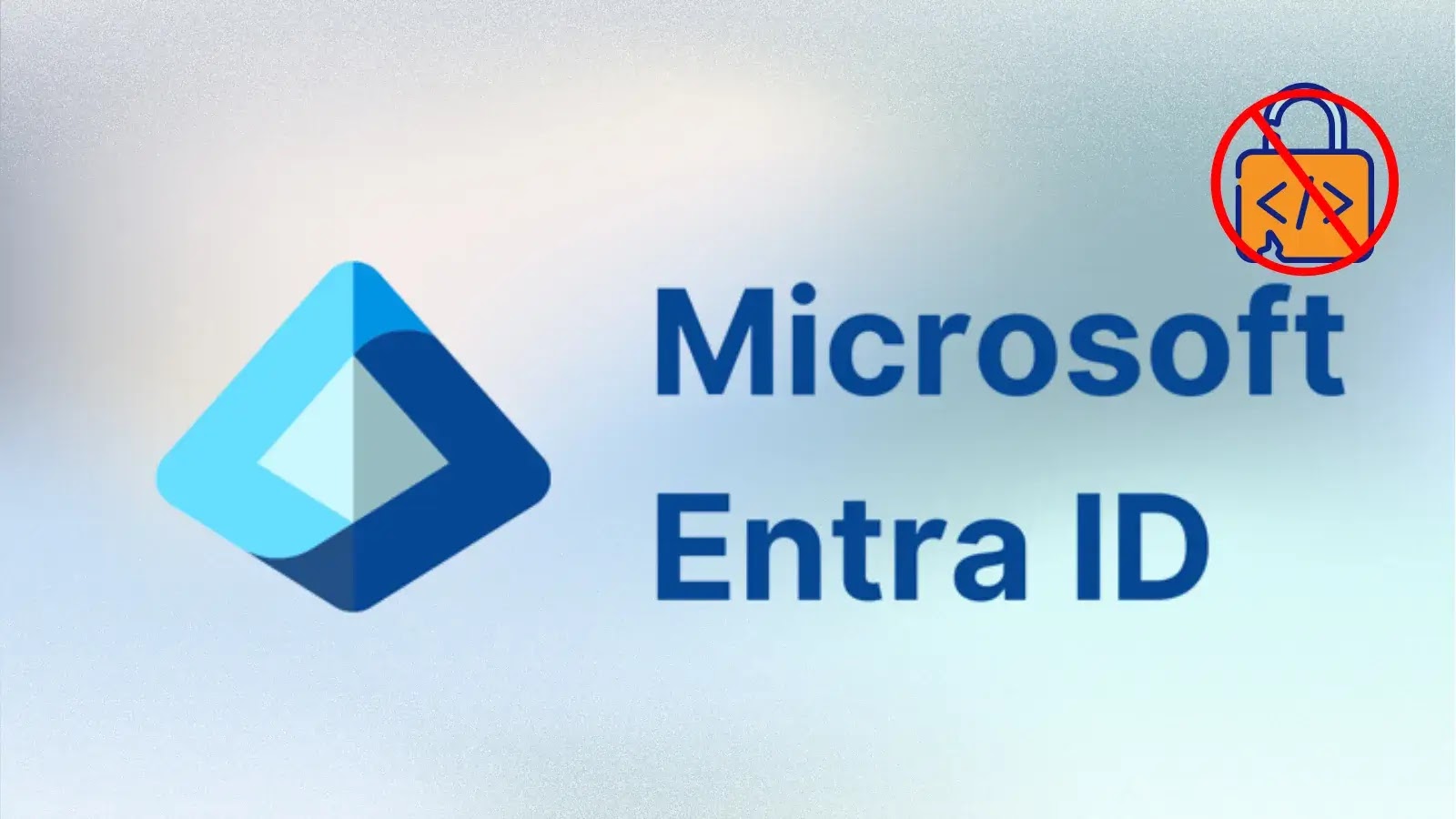The cybersecurity landscape is continually evolving, with threat actors developing increasingly sophisticated methods to compromise systems. A newly identified cybercriminal group, designated TA585, has emerged as a significant concern due to its innovative approach to malware distribution and advanced web injection techniques.
TA585’s Operational Framework
Unlike typical cybercriminal operations that often rely on third-party services, TA585 manages its entire attack chain independently. This self-sufficiency encompasses infrastructure management, malware deployment, and the execution of attacks, highlighting a high level of operational sophistication.
MonsterV2: A Multifaceted Threat
Central to TA585’s operations is MonsterV2, an advanced multi-functional malware that serves as a remote access trojan, information stealer, and loader. This malware is marketed on underground forums at prices ranging from $800 to $2000 per month, reflecting its premium status in the cybercriminal ecosystem.
MonsterV2 is designed to avoid infecting systems in Commonwealth of Independent States (CIS) countries, indicating a strategic targeting approach. It employs multiple layers of obfuscation to evade detection, enhancing its stealth capabilities.
Unique Web Injection Techniques
TA585 employs a distinctive web injection campaign that utilizes compromised legitimate websites to deliver malware to targeted victims. This approach sets them apart from many other cybercriminal operations that depend on third-party traffic distribution systems. By managing their own filtering mechanisms, TA585 ensures that real users receive the malicious payload, thereby increasing the effectiveness of their attacks.
Proofpoint researchers identified this sophisticated operation in April 2025, initially tracking it under the designation CoreSecThree based on observed domain patterns and infrastructure characteristics. The researchers noted the actor’s evolution from delivering Lumma Stealer to transitioning to MonsterV2 deployment in early May 2025.
Advanced Web Injection and ClickFix Technique Implementation
TA585 demonstrates remarkable sophistication in its web injection methodology, utilizing compromised legitimate websites as delivery vectors for the MonsterV2 payload.
The attack begins when threat actors inject malicious JavaScript into vulnerable websites, creating an overlay system that presents users with fake CAPTCHA verification prompts branded as Verify you are human messages.
This web injection technique leverages a modified version of the ClickFix methodology, originally documented by security researchers in June 2024. This approach manipulates users into executing PowerShell commands through social engineering, presenting what appears to be a legitimate verification process.
The malicious script monitors for Windows+R key combinations from users, creating a reactive web environment that responds to user actions in real-time.
The attack chain implementation includes sophisticated filtering mechanisms that check multiple system parameters before payload delivery. The compromised website continuously beacons to the threat actor’s infrastructure, responding with Access denied messages until the PowerShell script successfully completes execution and the malware establishes communication with the command and control server from the same IP address.
Once this verification occurs, users are redirected to the legitimate website with a verified=true parameter, maintaining the illusion of normal browsing behavior.
The technical implementation involves JavaScript code that creates dynamic overlays on compromised sites:
“`javascript
// Example TA585 JavaScript injection pattern
function verifyHuman() {
// Creates fake CAPTCHA overlay
displayVerificationPrompt();
// Monitors for Win+R execution
monitorKeystrokes();
// Beacons to command server
sendBeaconRequest();
}
“`
The payload delivery mechanism utilizes PowerShell commands that download and execute MonsterV2 directly from actor-controlled infrastructure.
The malware establishes persistence through multiple techniques, including privilege escalation attempts requesting permissions such as SeDebugPrivilege, SeTakeOwnershipPrivilege, and SeIncreaseBasePriorityPrivilege.
MonsterV2 implements a unique mutex creation system using the format Mutant- which serves as an effective indicator for threat hunting activities.
The malware configuration utilizes ChaCha20 encryption with embedded LibSodium libraries for secure command and control communications, demonstrating the advanced cryptographic implementations employed by modern malware authors.
Implications and Recommendations
The emergence of TA585 and its deployment of MonsterV2 underscore the evolving nature of cyber threats and the increasing sophistication of threat actors. Organizations must remain vigilant and adopt comprehensive security measures to mitigate the risks posed by such advanced attacks.
Key recommendations include:
– Regular Security Audits: Conduct thorough assessments of web applications and servers to identify and remediate vulnerabilities that could be exploited for web injection attacks.
– User Education: Train users to recognize and avoid social engineering tactics, such as fake CAPTCHA prompts and unsolicited requests to execute commands.
– Advanced Threat Detection: Implement security solutions capable of detecting and responding to sophisticated malware and obfuscation techniques.
– Patch Management: Ensure that all systems and software are up-to-date with the latest security patches to minimize the risk of exploitation.
By adopting a proactive and layered security approach, organizations can enhance their resilience against the complex and evolving threats posed by groups like TA585.



